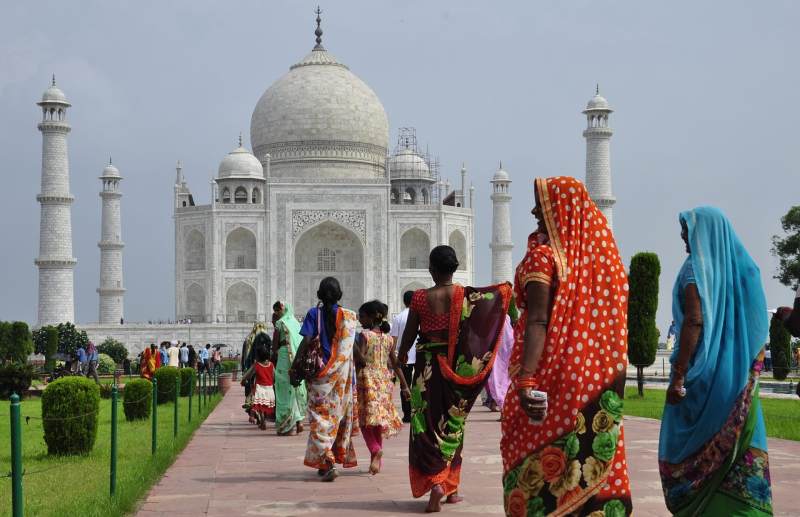
In a historic move, the Indian government has decided to officially change the country’s name to “Bharat.” This decision has ignited discussions, debates, and curiosity not only within India but also on the global stage. The renaming of a nation is no small matter, and it carries profound implications for the country’s identity, culture, and international relations. In this article, we will delve into the reasons behind this change, its historical significance, and its potential impact.
The Name Change Decision
The Indian government’s decision to rename the country was officially announced in a parliamentary session, where it received widespread support. The rationale behind this change is multi-faceted:
- Cultural Reclamation: The name “Bharat” is deeply rooted in India’s history and culture. It has been used for millennia in various ancient texts and scriptures. The change is seen as a way to reconnect with the nation’s rich heritage and emphasize its historical continuity.
- Symbol of Unity: India, as a nation, is incredibly diverse with numerous languages, cultures, and traditions. By adopting “Bharat” as the official name, the government aims to promote a sense of unity and a shared national identity among its citizens.
- Reducing Colonial Legacy: The name “India” itself is a legacy of British colonial rule. Changing it to “Bharat” is seen as a step towards shedding this colonial baggage and embracing a name that resonates with the indigenous population.
Historical Significance
The name “Bharat” has a profound historical significance that stretches back thousands of years. It finds its origins in ancient Indian texts like the Mahabharata and Ramayana, where it referred to a legendary emperor and the Indian subcontinent itself. Here are some key historical aspects to consider:
- Mythological Roots: In Hindu mythology, “Bharat” was the son of King Dushyanta and Queen Shakuntala. His story symbolizes the idea of a united and prosperous India.
- Ancient India: “Bharatvarsha” or “Bharat” was the name used to describe the Indian subcontinent in ancient Sanskrit texts. It represented a land of immense cultural and spiritual significance.
- Mughal and Colonial Period: Even during periods of foreign rule, the name “Bharat” continued to be used by indigenous rulers and poets to signify their connection to the land.
Impact on International Relations
The renaming of India to “Bharat” will undoubtedly have implications for the country’s international relations. While the change is primarily symbolic, it can influence perceptions and diplomatic interactions:
- Diplomatic Relations: Countries around the world may need to update official documents, treaties, and agreements to reflect the new name. Diplomatic missions and embassies may undergo changes in their official designations.
- Global Perception: The name change could alter how India is perceived on the global stage. It may be seen as a move towards asserting its unique identity and shedding colonial vestiges, garnering respect from other nations.
- Trade and Business: Businesses and trade associations will need to adapt to the new name when dealing with Indian partners. It could also impact branding and marketing strategies in the Indian market.
Conclusion
The decision to rename India to “Bharat” is a significant milestone in the country’s history. It represents a symbolic shift towards embracing its cultural heritage, fostering national unity, and shedding the remnants of colonial rule. While the practical implications of this change may be relatively minor, its cultural and historical importance cannot be understated. “Bharat” stands as a powerful symbol of India’s enduring identity and its determination to chart its own path in the modern world.
This decision has sparked conversations not only within India but also on a global scale, highlighting the enduring relevance of history and identity in an ever-changing world.
